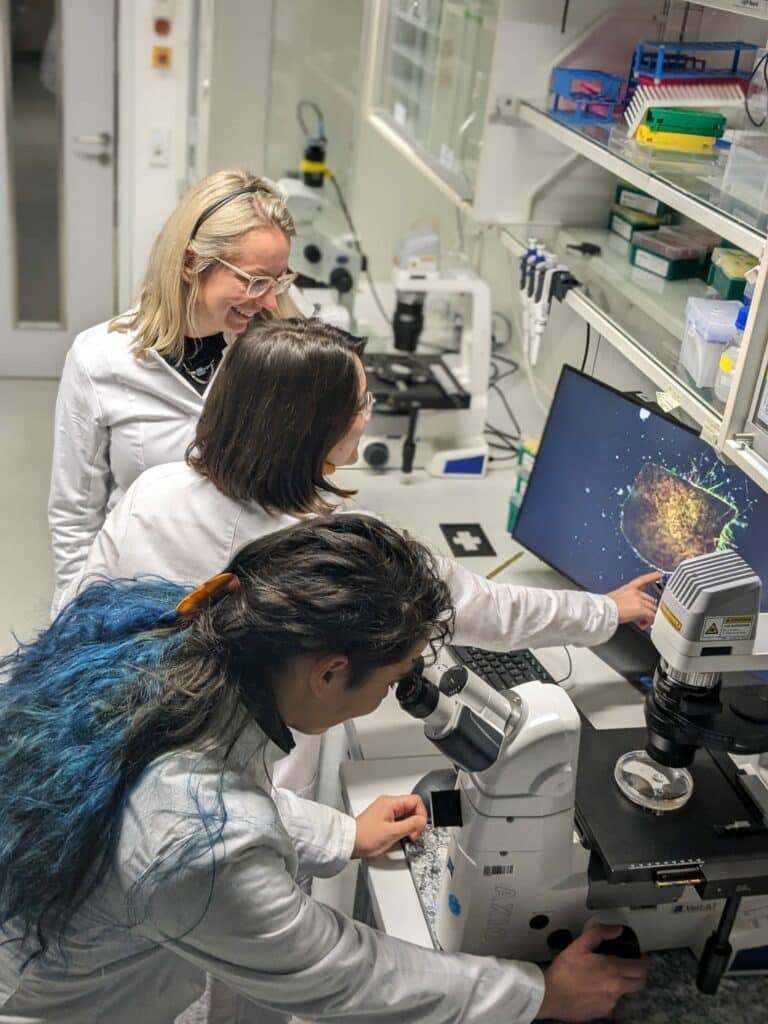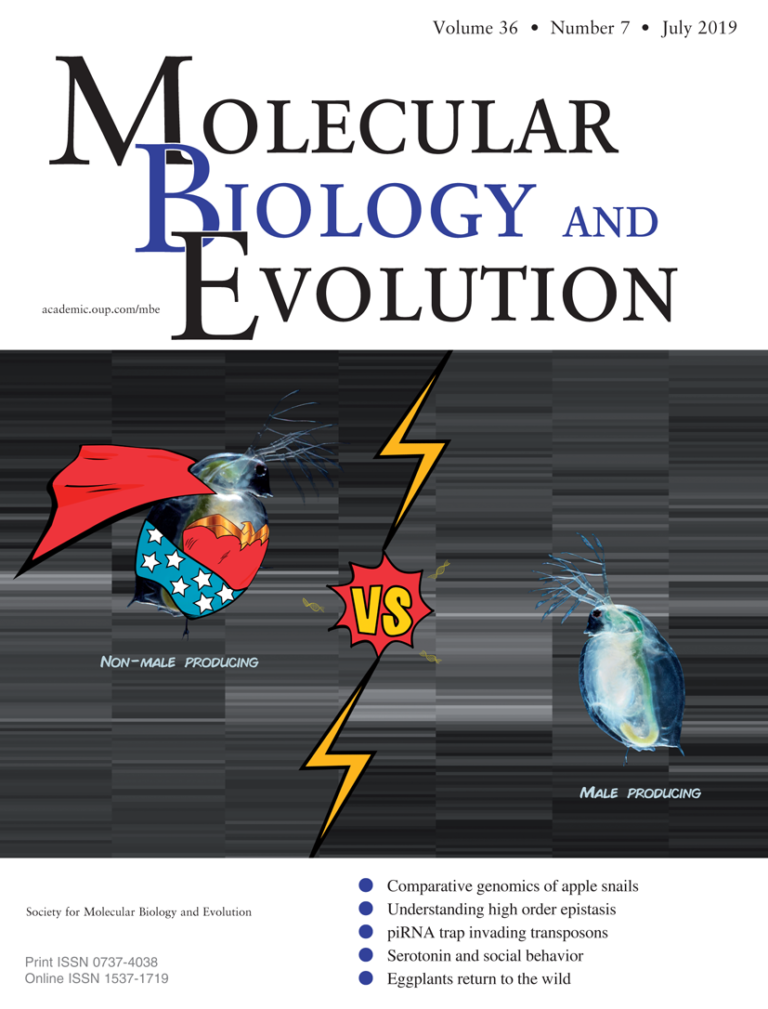Research
Follow me on ResearchGate or have a look at the publications section!
Speciation in the brown algae Ectocarpus sp.

Since April 2022, I am a postdoctoral researcher wroking on evolutionary genomics of brown algae at the Max Planck Institute in the group of Agnieszka Lipinska: Lipinska group.
My research project aims to elucidate the evolution of reproductive isolation in brown algae, specifically focusing on genomic barriers such as chromosomal rearrangements and haploid sex chromosomes.
While previous studies have extensively explored these barriers in diploid species with heteromorphic sex chromosomes in animals and plants, my work seeks to broaden our understanding by investigating organisms with distinct sex determination systems across different eukaryotic supergroups.
The genus Ectocarpus, comprising tens of cryptic species with varying degrees of pre and post-zygotic incompatibilities, provides as an ideal model for this study. Notably, Ectocarpus exhibits haploid sex chromosomes, presenting a unique opportunity to explore the role of UV sex chromosomes in speciation.
Through my project, I aim to address key questions in speciation research, including the genetic architecture of reproductive barriers, the contribution of chromosomal rearrangements to speciation, and the roles of haploid sex chromosomes in reproductive isolation.
More here!
Genomics of asexuality in Daphnia pulex
July 2018 – January 2022, I did my PhD thesis at the CEFE (Centre d’Ecologie Fonctionnelle et d’Evolution) in Montpellier (France) with Christoph Haag and Thomas Lenormand. I worked on transitions between reproductive systems in Daphnia, which small freshwater crustaceans.
Daphnia pulex reproduce by cyclic parthenogenesis (CP); that is a partly asexual and a partly sexual mode of reproduction. However, some populations reproduce by obligate parthenogenesis (OP): they are females that always reproduce asexually
Many OP have evolved from cyclical parthenogenetic (CP) ancestors, as in Daphnia pulex, where OP sometimes produce males that are capable of reductional meiosis. Using such rare males, I carried lab experiments to produce genomic data on sexual, asexual lineages and crosses between both.
By constructing linkage maps, we find that these asexually produced males (“rare males”) show no significant reduction of recombination rates compared to CP males and females.
Both meiosis disruption and recombination suppression are thus female-limited, which goes against the evolution of OP by disruption of an essential gene for meiosis or recombination in both sexes. Check out the paper to see alternative hypotheses to explain our findings!
KEY WORDS
Breeding systems, Daphnia, Asexuality, Environmental sex determination, Recombination, Meiosis, Sex, Parthenogenesis, Mating systems, Experimental evolution, Genomics, Daphnia pulex
Evolution of a new sex chromosome in Daphnia sp

In Daphnia species, the sex of the individuals is determined by the environment. However, some genotypes are genetically determined females (they carry a proto sex chromosome) and never produce males (NMP for non male producing).
We decided to study gene expression during a transition from environmental to genetic sex determination in Daphnia
In Daphnia magna, mixed populations of NMP coexist with male producers (MP) in which males are environmentally inducible.
Our findings suggest that the homeostasis of female offspring production is regulated by a rather complex mechanism than a simple break in the male determination pathway in NMP individuals, involving differential expression of many genes and already constituently regulated.
KEY WORDS
Genomics; Daphnia magna; RNA-sequencing; Genetic sex determination (GSD); Environmental sex determination (ESD)
